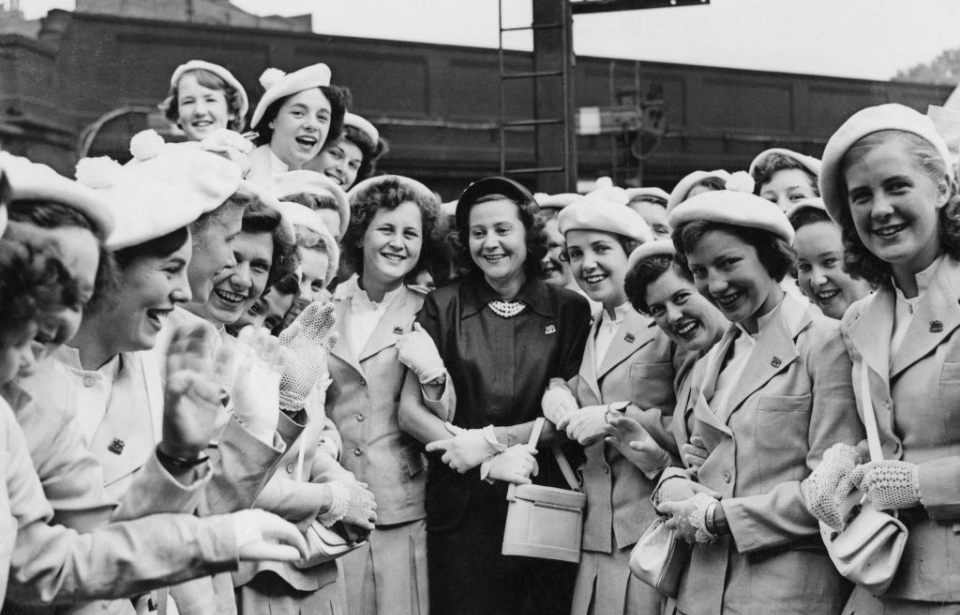In 1942, a young Odette Sansom responded to a call from the British Admiralty, asking for individuals to send postcards or family photographs from the French coast for use in the war. She wanted to make use of images she’d taken near Boulogne. In error, she sent her correspondence to the War Office.
Her simple mistake was the catalyst for her legacy as one of the best-known members of the Special Operations Executive (SOE) during the Second World War. Her letter caught the attention of the Col. Maurice Buckmaster, the leader of the French arm of the SOE, who invited her to join the organization’s “F” Section.
Recruitment into the Special Operations Executive
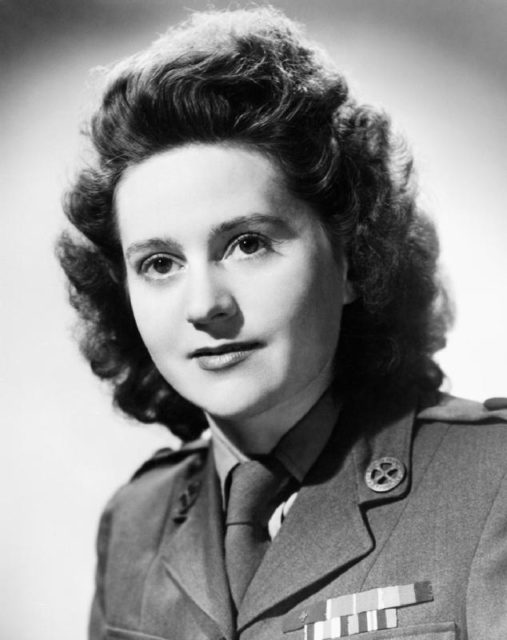
Odette Sansom was the ideal recruit for “F” Section, as she was French and living with her English husband and three daughters in Somerset. This made her loyal to the Allies, but still able to pass as French in the German-occupied country. Joining the SOE was initially a difficult decision for Sansom, as she didn’t want to leave her children. However, she joined after hearing word of French citizens suffering at the hands of the Germans.
After accepting the role, Sansom became “Agent S.23,” and was later given the codename “Lise.” The training she underwent was extensive; she learned self-defense, Morse code, interrogation resistance techniques and how to operate in enemy territory. She was also trained in parachuting, which she had some issues with, and was enrolled in the First Aid Nursing Yeomanry. The latter ensured she had a cover story for why she was in France.
Odette Sansom’s service in France
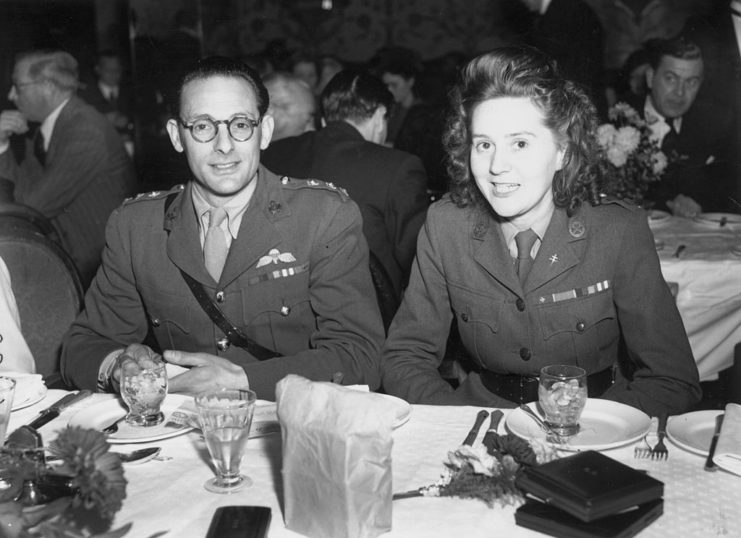
Despite completing the required training, Odette Sansom’s performance reports were less than ideal. She was called “excitable and temperamental,” as well as “impulsive and hasty,” and she had “a complete unwillingness to admit that she could ever be wrong.” Regardless of the criticism, it was also reported that her “main asset is her patriotism and keenness to do something for France,” and that she had “a certain determination.” As such, it was decided she’d be cleared for duty in enemy territory.
In October 1942, Sansom was deployed to Cannes, where she met with Capt. Peter Churchill to join the SPINDLE circuit, which worked with French resistance fighters. While part of the SPINDLE, she was initially tasked with contacting resistance members along the French Riviera, before moving to Auxerre, in Burgundy, to establish a safe house for agents.
However, Churchill contacted Col. Maurice Buckmaster to request Sansom be his courier, due to issues with the agent who’d previously filled the position. She fulfilled this role until the end of her time with SPINDLE.
Apprehended by a spy catcher
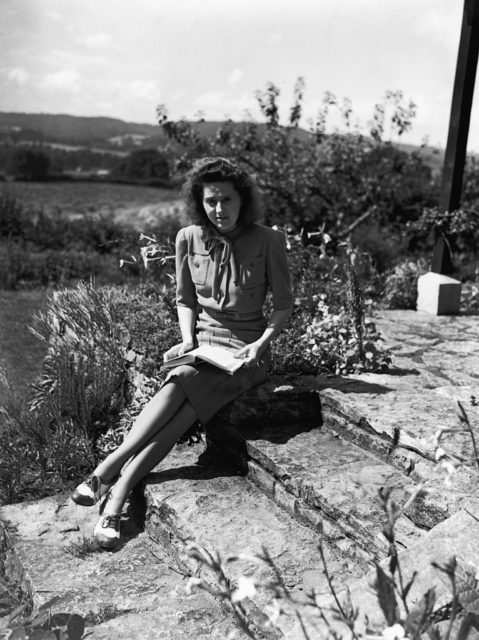
SPINDLE operated until April 16, 1943, when they were captured by spy catcher and Abwehr counterintelligence agent Hugo Bleicher, who’d obtained intelligence regarding their whereabouts from another network agent. Churchill handled the German interrogation by denying the charges against him and refusing to answer any questions that were asked, apart from admitting he was a British agent.
Odette Sansom, rather, told them she was the circuit leader to divert attention from Churchill. She was evidently successful, as she was interrogated by the Gestapo 14 times, while Churchill was only spoken to twice. Another tactic the SOE agents used was to claim they were married and related to British Prime Minister Winston Churchill, in the hopes that would make them more valuable prisoners.
Between her capture and July 1944, Sansom was repeatedly tortured for information on her fellow agents, but refused to give anything up. When asked a question, she would simply respond with, “I have nothing to say.” When condemned to death on two counts, she responded, “Then you will have to make up your mind on what count I am to be executed, because I can only die once.”
Sent to Ravensbrück concentration camp
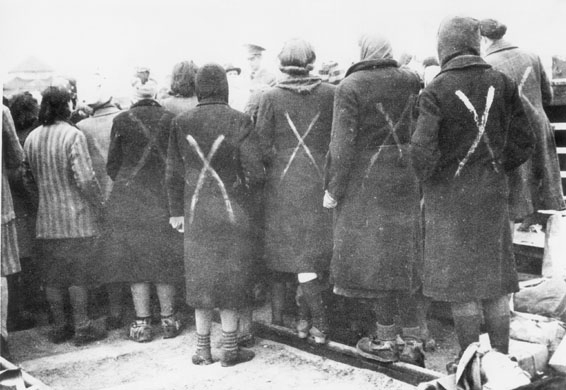
Eventually, the Germans decided Odette Sansom wasn’t going to give up any information and she was sent to Ravensbrück, an all-female concentration camp. She was treated horrifically, usually kept in a solitary cell on a punishment block. Once, she was kept in the dark on her own for three months and 11 days, and was tortured by one of her own countrymen, a favored tactic in the camp.
The ploy she used when she was first captured – claiming to be a relative of Winston Churchill – eventually helped her escape. A German officer handed her over to the Americans in 1945, in hopes he would be allowed to flee. She personally accepted his surrender to the Allies and later testified against him during the Nuremberg Trials.
Odette Sansom’s life after the Second World War
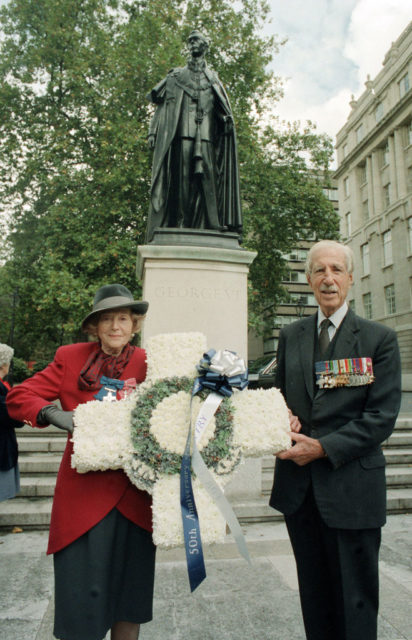
While they’d faked being husband and wife at the time of their capture, Peter Churchill and Odette Sansom eventually married, after Sansom’s first marriage ended. She was also the first woman to be awarded the George Cross. However, she almost wasn’t given it because she couldn’t prove she’d been tortured, until her superiors provided witness statements as evidence.
She accepted the award for all of her fellow agents who didn’t survive the war.
More from us: Luck of Kokura: The Japanese City That Avoided Atomic Bombing – Twice
The strangest part of Sansom receiving the George Cross came in 1951, when her home was robbed. It was stolen in the incident, along with Churchill’s Distinguished Service Order. Sansom’s mother had been staying at the residence while the pair were on a holiday, so she herself made an appeal to have the awards returned. They were, along with a note, which read:
“You, Madame, appear to be a dear old lady. God bless you and your children. Thank you for having faith in me. I’m not really all that bad – it’s just circumstances etc., and I can’t help it. Your little dog really loved me. I gave him a nice pat and left him a piece of meat – out of the fridge. Sincerely yours, A Bad Egg. P.S. I promise I’ll not give you a second call.”
